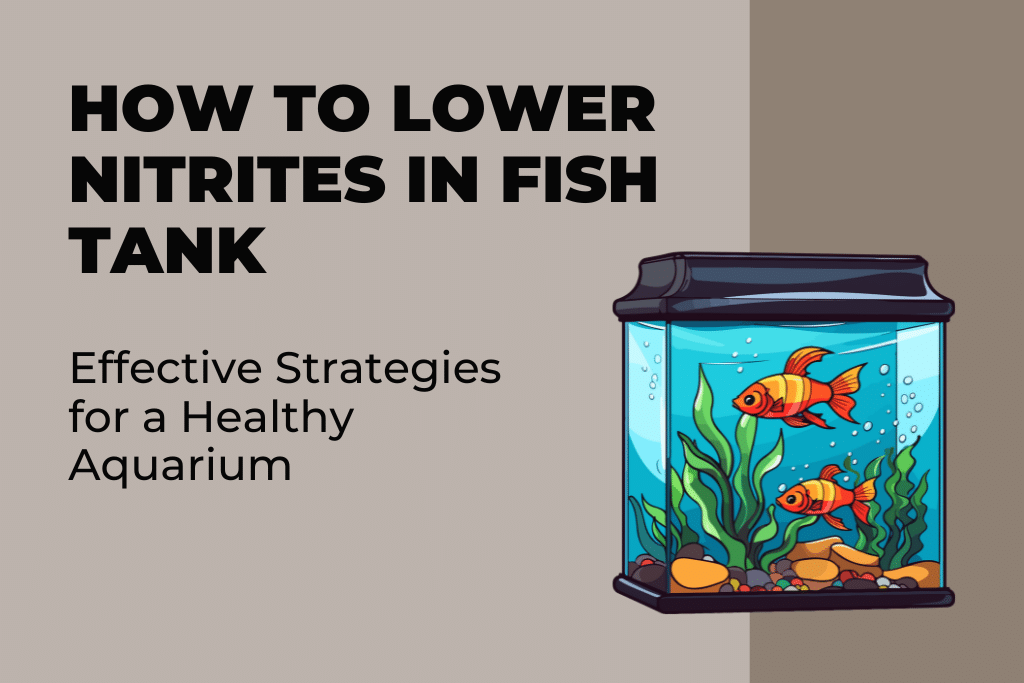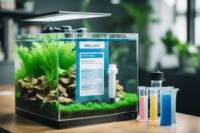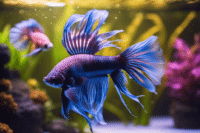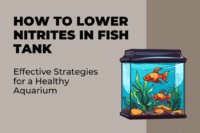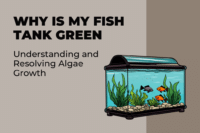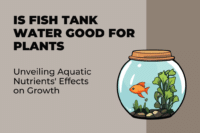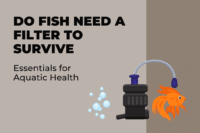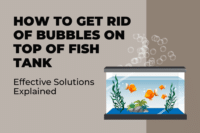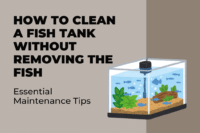Maintaining a healthy fish tank can be tricky, especially when dealing with nitrite levels. Nitrites are toxic to fish and can cause stress or even disease. To lower nitrites in your tank, perform a partial water change and remove 20-25% of the water, then replace it with clean, dechlorinated water. This helps dilute the nitrite concentration, giving your fish a cleaner environment.
Fish waste, uneaten food, and decaying plants produce ammonia, which bacteria convert into nitrite. This nitrite needs to be managed properly to prevent harm. Keeping your tank clean by vacuuming the substrate can help reduce the build-up of waste. It’s also important to regularly monitor the water quality with test kits to catch any issues early.
Stressed fish are unhappy fish. Ensure your tank has proper filtration and aeration to support beneficial bacteria that further break down nitrites into harmless substances.
Key Takeaways
- Reduce nitrites by changing 20-25% of the water with clean, dechlorinated water.
- Regularly vacuum the substrate to remove waste and uneaten food.
- Ensure proper filtration and aeration to maintain a healthy tank environment.
Understanding the Nitrogen Cycle
The nitrogen cycle is crucial for maintaining a healthy fish tank. Understanding how ammonia, nitrites, and nitrates interact will help you keep your aquatic friends safe and thriving.
The Role of Beneficial Bacteria
Beneficial bacteria are your best friends in the aquarium. These tiny organisms help break down harmful substances that would otherwise harm your fish. They live in your tank’s filter, substrate, and other surfaces.
These bacteria do the important job of converting toxic ammonia and nitrites into less harmful nitrates. By keeping the levels balanced, these bacteria ensure a stable environment for your freshwater fish or saltwater creatures. If these bacteria are absent, toxic levels can build up quickly, endangering your aquatic ecosystem.
Nitrosomonas and Nitrobacter: Your Aquatic Allies
The nitrogen cycle heavily relies on two key types of nitrifying bacteria: Nitrosomonas and Nitrobacter.
Nitrosomonas bacteria convert harmful ammonia into nitrites, which are still dangerous but one step closer to being safe. These bacteria are often found in your tank’s filter media or substrate. After the conversion, Nitrobacter bacteria step in. They transform nitrites into nitrates, which are much less harmful and can be removed through water changes or absorbed by plants.
Ammonia, Nitrites, and Nitrates: The Balancing Act
Ammonia, nitrites, and nitrates make up the nitrogen cycle in your aquarium.
Ammonia comes from fish waste, uneaten food, and decaying plants or animals. High ammonia levels are deadly to fish and must be converted quickly. Next, nitrites form when Nitrosomonas bacteria process ammonia. Nitrites are also toxic and must be converted into nitrates by Nitrobacter bacteria. Finally, nitrates are far less dangerous and can be handled by regular water changes or live plants, which absorb them as nutrients.
Strategies to Reduce Nitrite Levels
Keeping nitrite levels low in your fish tank is vital for healthy fish. To reduce nitrites, focus on regular maintenance and feeding practices that prevent overfeeding.
Regular Maintenance: The Key to a Healthy Tank
Regular maintenance is essential for lowering nitrite levels. Start by doing partial water changes consistently. Changing 20-25% of the water weekly helps remove excess nitrites.
Use a siphon to vacuum the substrate. This will get rid of fish waste and decaying plants, which produce nitrites. Make sure the new water matches the tank’s temperature to avoid shocking the fish.
Adding live plants can also help. Plants use nitrites and nitrates as nutrients, thus reducing their levels. Ensure your filter is clean and working well. Filters host beneficial bacteria that turn harmful nitrites into safer substances.
Lastly, consider using water conditioners that detoxify nitrites. These products make the water safer for your fish.
Optimal Feeding Practices to Avoid Overfeeding
Overfeeding is a common mistake that can cause high nitrite levels. Fish only need a small amount of food. Feed your fish only what they can eat in about two minutes.
Use a feeding schedule. Feed your fish once or twice daily and stick to this routine. If you have invertebrates, such as shrimp, remember they need food too, but don’t overfeed them.
Avoid adding too much food at once. It’s better to feed small portions multiple times a day than one large meal. This practice keeps nitrite levels in check and helps maintain water quality.
Use high-quality fish food that produces less waste. Some foods are designed to be easily digestible, reducing the amount of waste your fish produce.
Conclusion
Keeping nitrite levels low in your fish tank is crucial for the health of your fish.
You can start by changing 25% of the water regularly. This helps dilute the nitrites.
Another simple trick is using a siphon to clean the substrate and remove debris.
Don’t forget to add beneficial bacteria. These helpful bacteria convert harmful nitrites into less toxic substances.
Keep an eye on the lighting in your tank. Blue light can affect the bacteria that control nitrite levels.
If you follow these tips, your fish will stay happy and healthy.
